Learning about learning
Guild master? Me?
Then the feed started congratulating me. For what? All day long people were congratulating me for who knows what. It wasn't until late in the day that David Kelly presented me with my award as 2016 Guild Master. Apparently he handled that great awkward silence when I didn't pop up by asking everyone to have some fun with me and congratulate me without sharing what as they saw me throughout the day. That was fun. I suppose there is some irony in having the two 2016 Guild Masters presented in absentia this year. After all, we are about the virtual thing in elearning. I was astounded, humbled and honored to be included with the likes of those who have taught ME so much: Clark Quinn, Jane Bozarth, Chad Udell, Michael Allen, Mark Rosenberg, Allison Rossett, Joe Ganci, Conrad Gottfredson and Bob Mosher. All I know in this business I have learned from those who have been willing to share what they know with others. So what does a guild Master do, anyway?Today is the first day back to work after receiving this award, and I'm sitting here wondering what the heck a Guild Master is supposed to do, anyway, when it hit me. More of the same. For me, that's sharing what I know with others. It's not about being the professorial sage on the stage. It's about learning together. Noodling with others on the best way to do things. Mentoring other IDs on dealing with the SME who can't meet deadlines, who don't get this learning thing at all and want to dump more content than any human can absorb in a few days into a 15 minute elearning module. I have loved developing the IDs on my teams, watching the lightbulbs go off, and seeing them move into better learning for their clients. I've also watched them carry that mission forward. (My husband calls that the cult of Jean Marrapodi. ) It's reminding people that the goal of your learning must be able to be encapsulated in one high level sentence. In the end, what do you want them to KNOW and DO? then finding a way to assess that. It's about assessing the right things. Not vocabulary. It's about making things look good so people aren't distracted and the information is organized. It's about listening and learning from others. It's about tweeting new ideas. Retweeting great ideas of others. Taking scissors to red tape. Documenting processes to see how convoluted they are. Challenging "because we've always done it that way". It's about always learning. Not just what we do for a living, but applying tangential thinking to what we do to make it better. This year I've been working on human computer interface design and learned a ton from the world of design thinking, and interface design, and the way they explore people's needs to solve problems. We don't do that enough. It's about attending conferences, sharing workshops and learning from others. I leave on such a high from a conference and can't wait to try out the new discoveries. It's also about connecting with those who are in the trenches making a difference to continue to learn from them.
7 Comments
Lessons from the LearnerI've just finished six days of intentional learning. From the time my feet hit the floor till I collapsed on my pillow, I was engaged in discovery about learning. I'm pooped! Most of that time I was in Orlando at the Association for Talent Development International Conference and Exposition learning with and from 10,000 people who work building learning for others. I've been at this for twenty years when I made the move from teaching to training. I've seen the name of what we do evolve over the years. Now we call it talent development. Whatever you call it, it's about designing learning to solve business problems. I learned a ton over the last few days. Here's a recap of the highlights. Solving Business ProblemsTraining is often viewed as a cost center in business because we don't generate revenue. However, if we do our job the right way, we become a valued business partner, enabling employees to do their job better and learn new skills. Foundational to that is linking the goals of what we do to the problems businesses need to solve.
Performance Consulting is the process of uncovering business problems at the root of what is presented as a training need. It's about examining things systemically, to look for the causes of the problem, which may be related to coaching and feedback issues, process problems, or even a problematic environment. The key is that the business needs inform the performance needs the individuals must do. We uncover those needs through questioning. Dick Handshaw provides an excellent listing of questions on his website. Aligning our training to those uncovered needs ensures we solve the right problem that impacts business results. Dick Hanshaw elaborated on the role of instructional design to create the learning solution for the problem. One concept that he has that I've not seen in other models is the blueprint, where everything is laid out prior to production. There is great wisdom in this. Building Strategic Linkages: Map and Measure Your Learning StrategyAjay Pangarkar Handout Link In this workshop we also talked about meeting business goals but by looking at things strategically. We looked at how business maps things out: Then we looked at how this is measured, using a balanced scorecard approach: My takeaway from this session was to look for the metrics being used to measure in the business and see how we might leverage them in training, and to focus on more alignment of learning goals with business goals. Innovating Learning Through Design Thinking Interview TechniquesAmanda Chavez and Katarzyna Siedlecki Handout Link
Depending on the model, you'll get pictures like these to depict design thinking. The one on the top is the model used at Stanford, and the one on the bottom is the model used at Booz Allen Hamilton presented in the workshop. The principles are similar in the world of instructional design, but with design thinking the ideate process is a bit more fluid and creative. I loved the idea of doing this with the subject matter experts that I work with to toss around ideas to generate a better end product. In this workshop and a similar one I attended during the week, we used mindmapping, post-it notes, and brainstorming techniques as part of the problem definition, and solution generating process. I definitely want to experiment more with this. If you want to know more, there's a great infographic at the Design Management Institute. I came, I Learned, I presented.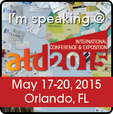 I was able to share some of my expertise with people in my session on Ubiquitous Learning: Leveraging the Strengths of Online Learning. Having done all of the development work I did for the college over the past five years, I've seen some things that work well, and that really don't in online learning, and was able to show some examples of things that I've used with great success. Online learning is everywhere, and we miss out on a great opportunity not to leverage it. I had several international folks come up to me after the session to inquire if I'd fly to their company to present my workshop. We shall see where that goes. For now, we continue to learn. I spent several hours this evening going through the handouts for the sessions I was unable to attend. That's one of the benefits of online learning and access: I was able to extend the learning another day, and through mediums like this blog, share ideas with others to continue to learn. I love that. Don't you? Musings from ATD2015I'm in Orlando at the Association for Talent Development International Conference and Exposition, fondly known in the industry as ATD ICE. This is my second year, and I'm still amazed by the mammoth size of this event. I forgot from last time that I should have prepared for the Boston Marathon prior to coming here. This place is HUGE and I'm convinced that I am walking several miles between the parking lot and between sessions. It's also an interesting thing to see the family gathering atmosphere that occurs here as people who have made connections over the years reconnect at the conference. There's lots of catching up, and I suspect that there are some job connections that come from this event as people build their PLN. One the flip side, if you come alone, things can be daunting and feel clique-ish. It's important to realize that things are not like that at all. Everyone is welcome and often invited. The discoveries so far have been rather unexpected.
Reflection is importantI've been tweeting up a storm at this conference. It's been great meeting people, and sharing the nuggets that I've been discovering in workshops. I really appreciate having the handouts available and online so I can go back to them and add them to my notes. I'm not convinced I appreciate the long trek from one end of the building to another between workshops and from parking to the conference, but I have appreciated having quiet time to reflect like this.
I've learned a lot so far. How about you? Loving LearningI'm at Learning Solutions 2015, in Orlando, Florida. It's big conference #2 of 3 for me for this year. I just love this stuff. I presented a program this year on Universal Design for Learning (UDL), which was a new topic to many. UDL is about making learning accessible and equivalent for all learners. Most elearning designers generate a transcript for audio portions of video, select colors that are color-blind friendly, and may even write tags for pictures that are screen reader friendly. UDL goes beyond that and considers the remedial learner, the gifted learner, the ESL learner, the dyslexic learner and any other learner who may take the program, and provides avenues that consider varied ways to present the WHAT of learning (representation) the HOW of learning (activities and expressions) and the WHY of learning (engagement). Thinking through and planning for these learners makes for a richer experience that benefits all. I'll write more about that another time. MotivationI've been coming to this conference nearly every year since 2002 during the early years of the eLearning Guild. This is such a great conference! I love being able to present, I love attending with sessions, I love the learning, but most of all, I love connecting with the people that I meet. I have learned so much over the past 13 years from my colleagues as we have wrestled together over issues, and learned from one another. The Guild truly is a community of practice, and has been a catapult for my career. I've had the opportunity to introduce my colleagues to the Guild and this year had the privilege of watching two people from my former team present for the first time. Now I get to watch them grow as they connect the dots from the people they have met and the workshops they attended. This year I got to meet some new friends whose workshops took me in directions I've never considered before, despite working in eLearning for 18 years. New Faces, New Discoveries
One Day to Go!If we weren't full enough, there's yet another half day tomorrow, ending with a keynote on Design Thinking. I'm looking forward to topping off my learning tank for the week with some new inspiration. Thank you eLearning Guild for the hard work to pull this off year after year.
So.... if you're here, what did you learn this week?
I love conferences, and my friends might consider me a conference junkie. During this event, I've been struck by the fact that most of the workshops I've attended have been lectures with PowerPoint slides, one of the things that people lament about as being the dreadful part of training. I've been totally engaged by the content, and left making connections to my world. What is it about conferences that make them engaging that is such a contrast to much of our training that puts people to sleep?
So What?What does all this mean for us? How can we create right-sized learning that learners are invested in?
Impossible, you say? I'm not so sure. We do it with conferences all the time. |
Jean Marrapodi
Teacher by training, learner by design. Archives
January 2018
Categories
All
|
Conference
|
Company
|
|
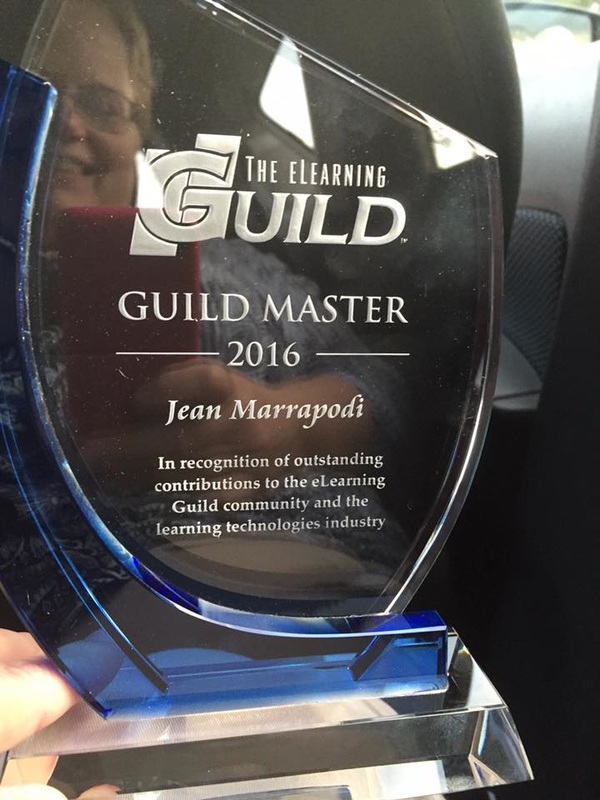


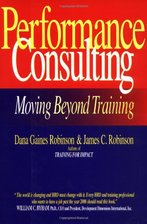
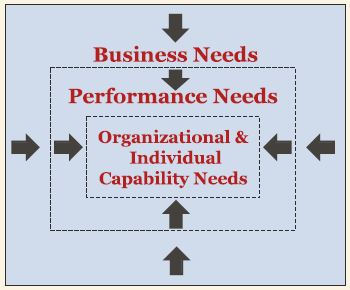
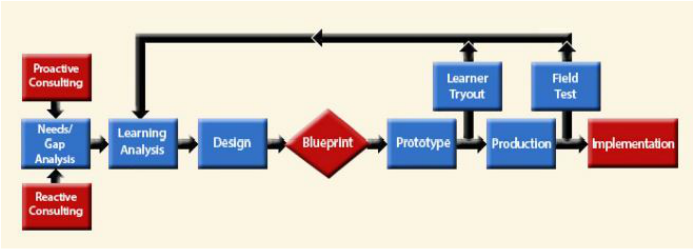
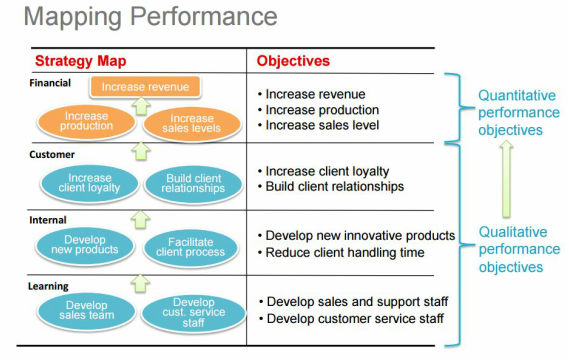
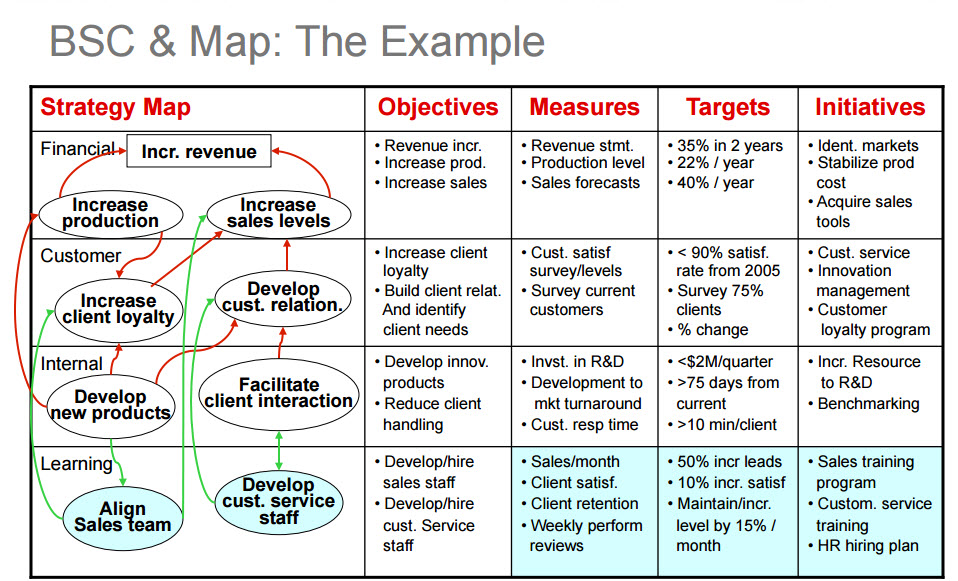
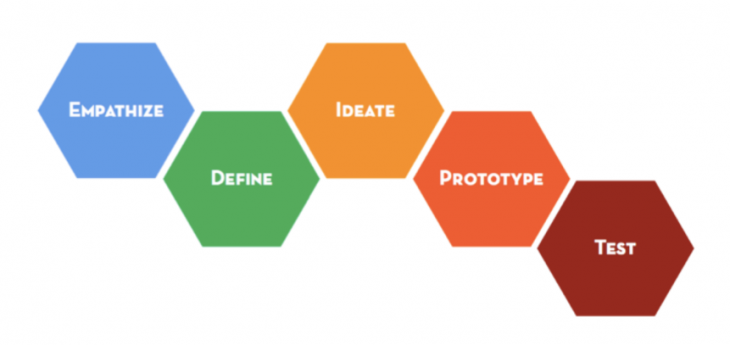
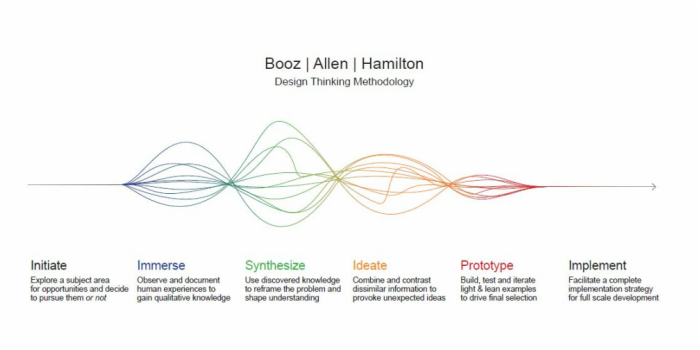

 RSS Feed
RSS Feed